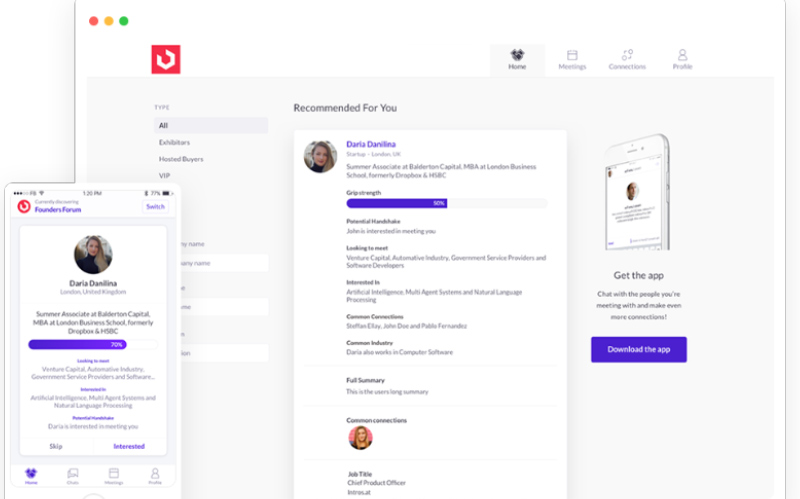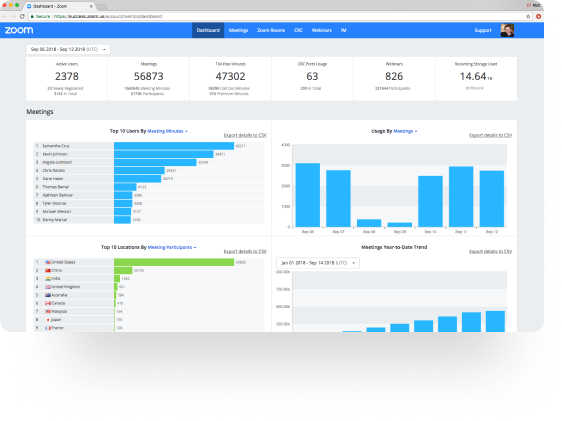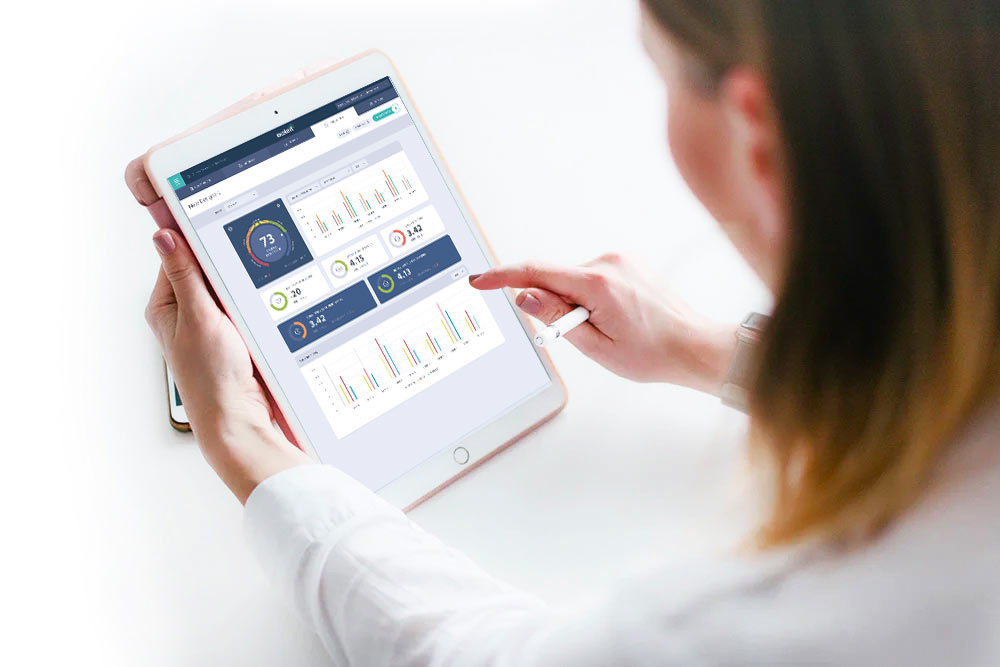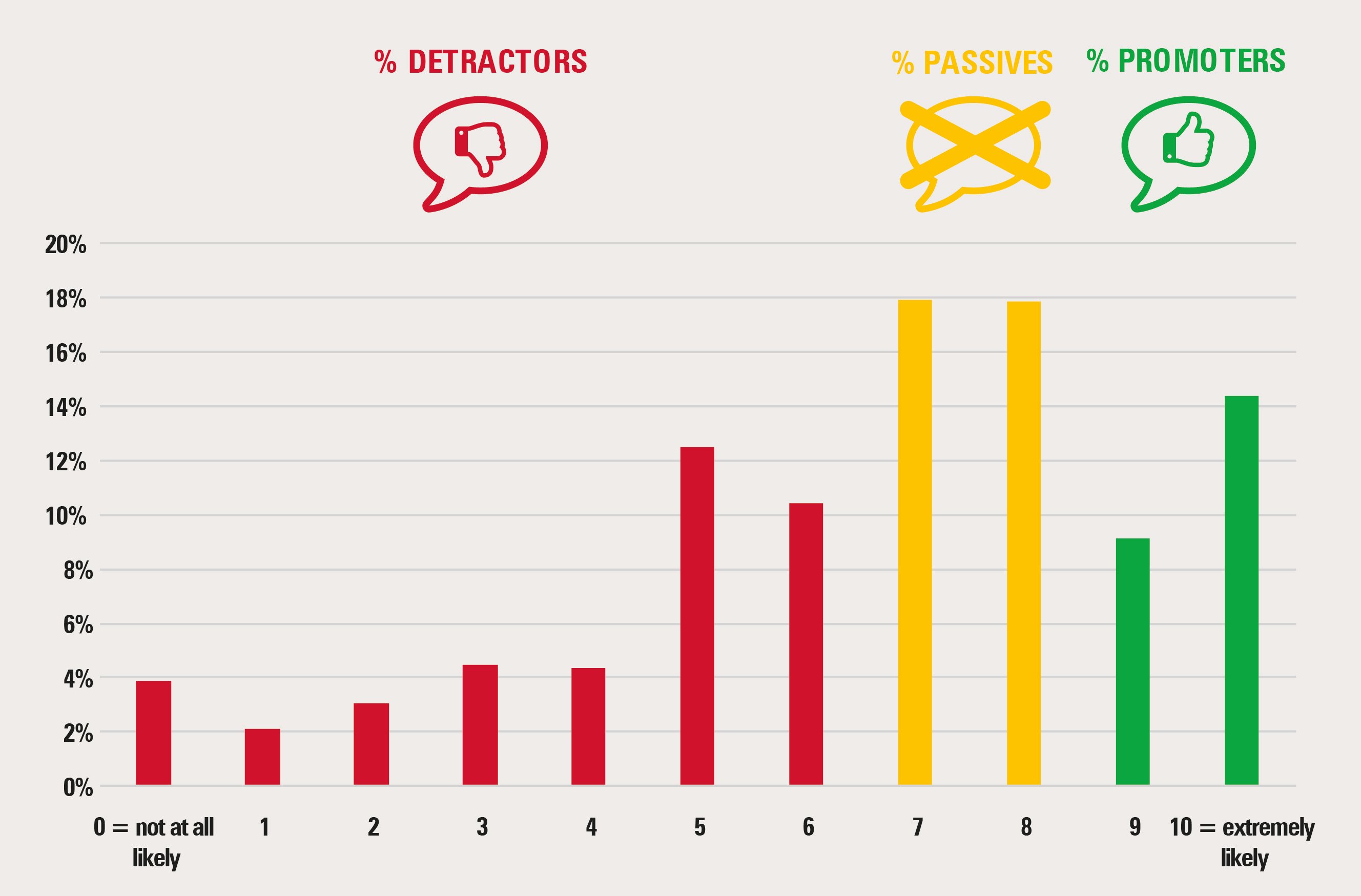How to measure the success of your virtual events
We recently conducted a study on behalf of ICE, the International Corporate Event Planners association. Two-thirds of respondents said a top challenge for them over the next three years is using metrics to effectively measure performance.
However, despite these perceived challenges the research found that organisers are less likely to measure the performance of their virtual events compared to their live events.
Respondents agree that measuring metrics such as the impact of the event on future behaviour, sales, and brand awareness is just as useful for virtual events as it is for live. However, 23% fewer organisers are measuring customer feedback for virtual events relative to in-person events.
This suggests that organisers are missing out on a golden opportunity.
There are three different types of data available to organisers to measure how their events are performing. Access to those three types of data is made even easier through virtual event platforms. But not all of them can tell you about the output of your event.
What are these different data types and what role do they play in helping organisers understand the impact of their virtual events?
I like to think of them as building a car...
1. Demographic data - Who are your attendees?

The body of your car is your demographic data normally collected via your registration form. In ICEINSIGHTS’ report 2020, we found that over 90% of event organisers think registration data is useful for virtual events, however only 3 in 4 were measuring attendance for their virtual events.
Demographic data takes your feedback from being a tangled mess to clear lines of activity. Person A did X. Person B did Z. In order to gather individualised feedback from other tools like your event app or matchmaking technology the registration data needs to be available. For your employee events which don’t require a registration tool, this information could be collected from your HR system.
2. Engagement data - What are your attendees doing and when?

Engagement data provides the wheels for your car. Your engagement data builds a profile of what your attendee did at your event including: which sessions they attended, who they organised meetings with, poll responses, Q&A data and more.
At an in-person event this is typically the data that is hard to come by. It requires investment in tracking technology to understand how attendees have moved around the venue and dwell time. For virtual events this data is usually built into the platform. Event organisers can see how traffic flows from one session or activity to another to establish patterns and unlock what engagement really means for their events.
3. Sentiment data - Why did your attendees engage and what do they intend to do next?

So you’ve got the body of the car and the wheels, but a car without an engine isn’t much use to anyone.
This is where your sentiment data comes in.
Sentiment data is collected through feedback surveys and plays a crucial role in driving the event strategy forward. Survey data allows you to demonstrate the power of your events relating to impact on brand awareness, future sales and behaviour.
Before I go any deeper on this let’s address the elephant in the room.
I can bet you, like me, don’t wake up in the morning and think, ‘You know what I’d love to do today? A survey.’ We’d probably love to play with some AI-driven matchmaking apps, facial recognition software and see cool traffic session patterns. But surveys? Blurgh.
That’s fine I’m not going to try and sell you on why surveys are the most exciting technology. However, maybe you’ll share in my understanding that they are the only event tech available which makes sense of;
- why your attendees took time out of their busy schedules to take part,
- what they got out of it, and
- why events matter to the business you work in.
That being said a survey is only as insightful as the questions you put in it. You can use surveys to quantify attendees intention to purchase, intention to re-engage with the brand or likelihood of recommending your product or service to a colleague or friend. The most useful surveys build questions off the back of key event impact objectives for their virtual events.
By asking these questions consistently across your events you’re able to establish a measurement language for the events function. You can compare events internally to see what good really looks like for your events. And if you’re using a tool like Explori you can benchmark your events against your industry.
Thanks to technological improvements, feedback surveys have become less time-consuming to collate and analyse. You can easily make cycle-to-cycle comparisons for repeat events. The best survey technology will have built in benchmarking capabilities so you can easily compare how your virtual events today compare to hybrid events in years to come. If you would like to measure and benchmark your virtual events contact our team of experts who will be happy to help, or download the Event Impact Playbook for a do-it-yourself guide.
.png?width=150&height=61&name=explori_logo%20(1).png)


